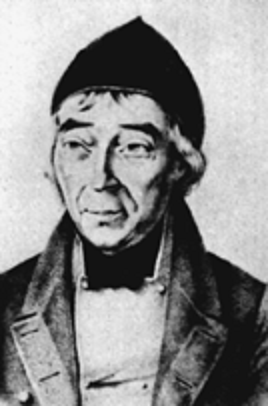
Johann Wilhelm Meigen was a German entomologist famous for his pioneering work on Diptera.

Bombylius is a large genus of flies belonging to the family Bombyliidae. They are known as the bee-flies, due to their striking resemblance to bees and bumblebees, and are distributed worldwide. One species of the genus, Bombylius major, is widely distributed throughout the northern hemisphere and is very well known.

The Chamaemyiidae are a small family of acalyptrate flies with less than 200 species described worldwide. The larvae of these small flies are active and predatory and are often used for biological control of aphids, scale insects, and similar pests. Chamaemyiid fossils are poorly represented in amber deposits, but a few examples are known from the Eocene epoch onwards.

Xylomyidae is a family of flies known commonly as the wood soldier flies. They are xylophagous and are associated with dead or dying wood.

The Coelopidae or kelp flies are a family of Acalyptratae flies, they are sometimes also called seaweed flies, though both terms are used for a number of seashore Diptera. Fewer than 40 species occur worldwide. The family is found in temperate areas, with species occurring in the southern Afrotropical, Holarctic, and Australasian regions.

The brown wood turtle or brown land turtle is a species of turtle in the family Geoemydidae. The species is endemic to Central America and northern South America.

Metriocnemus is a genus of non-biting midges in the subfamily Orthocladiinae of the bloodworm family Chironomidae.

Chironomini is a tribe of midges in the non-biting midge family (Chironomidae).
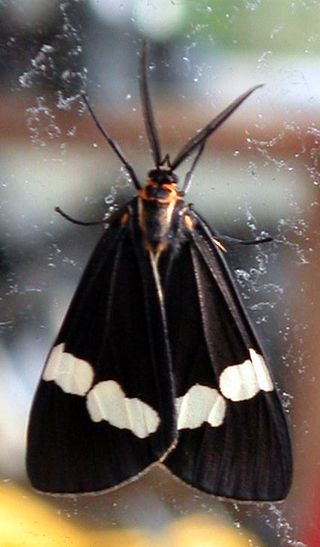
Nyctemera annulata, the magpie moth, is a moth of the family Erebidae. The species was first described by Jean Baptiste Boisduval in 1832. It is endemic to New Zealand and found in all parts of the country.
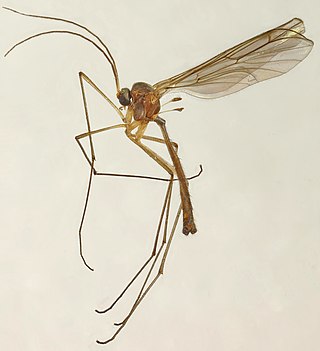
Bolitophila is the sole living genus in the Bolitophilidae, a family of Diptera in the superfamily Sciaroidea, with around 40 Palaearctic and about 20 Nearctic species, and three species from the Oriental region (Taiwan). They are small (6–9 mm).
In the 10th edition of Systema Naturae, Carl Linnaeus classified the arthropods, including insects, arachnids and crustaceans, among his class "Insecta". Insects with simply two wings were brought together under the name Diptera.
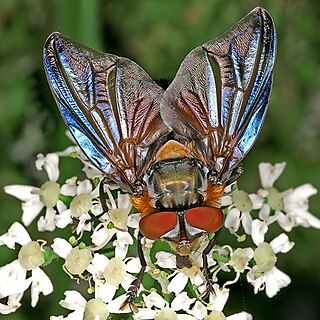
Phasiinae is a subfamily of flies in the family Tachinidae. Except for the small tribe Strongygastrini members of this subfamily attack only Heteroptera.
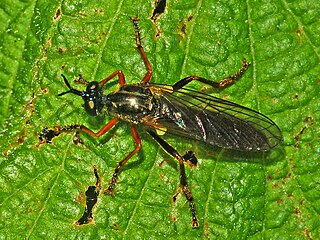
Dioctria is a genus of robber fly classified in the subfamily Dasypogoninae in the family Asilidae. Together with the genus Bohartia, Dicolonus, Echthodopa, Eudioctria and Metadioctria it forms the tribe Dioctriini.
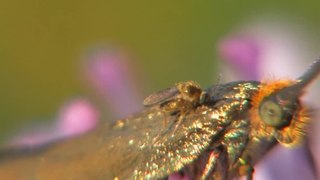
Forcipomyia is a genus of biting midges in the subfamily Forcipomyiinae. Species of the subgenus Lasiohelea suck vertebrate blood. Some species are ectoparasites on larger insects. Other species in the genus are important pollinators of the cacao tree. There are at least 1,000 described species in Forcipomyia.
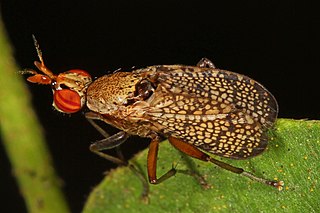
Tetanocerini is a tribe of flies in the family Sciomyzidae. There are more than 400 described species in the tribe.
Gnoristinae is a subfamily of fungus gnats in the family Mycetophilidae. There are about 6 genera and at least 4 described species in Gnoristinae.

Trichocera bimacula is a species of winter crane flies in the family Trichoceridae.
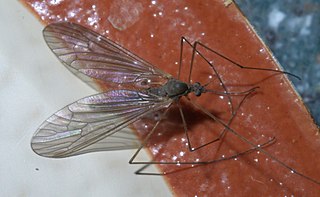
Trichocera is a genus of winter crane flies in the family Trichoceridae. There are more than 140 described species in Trichocera.
















